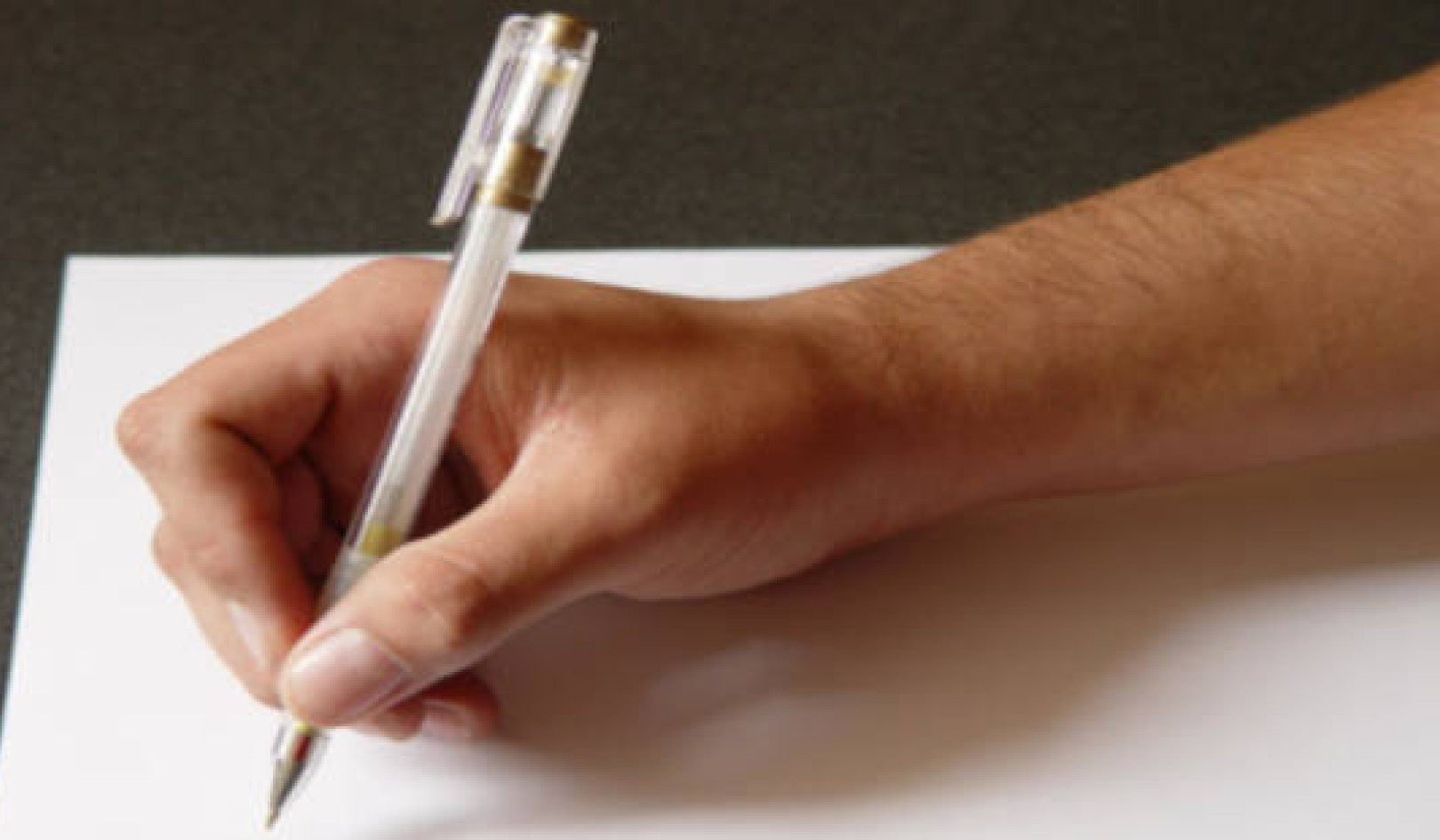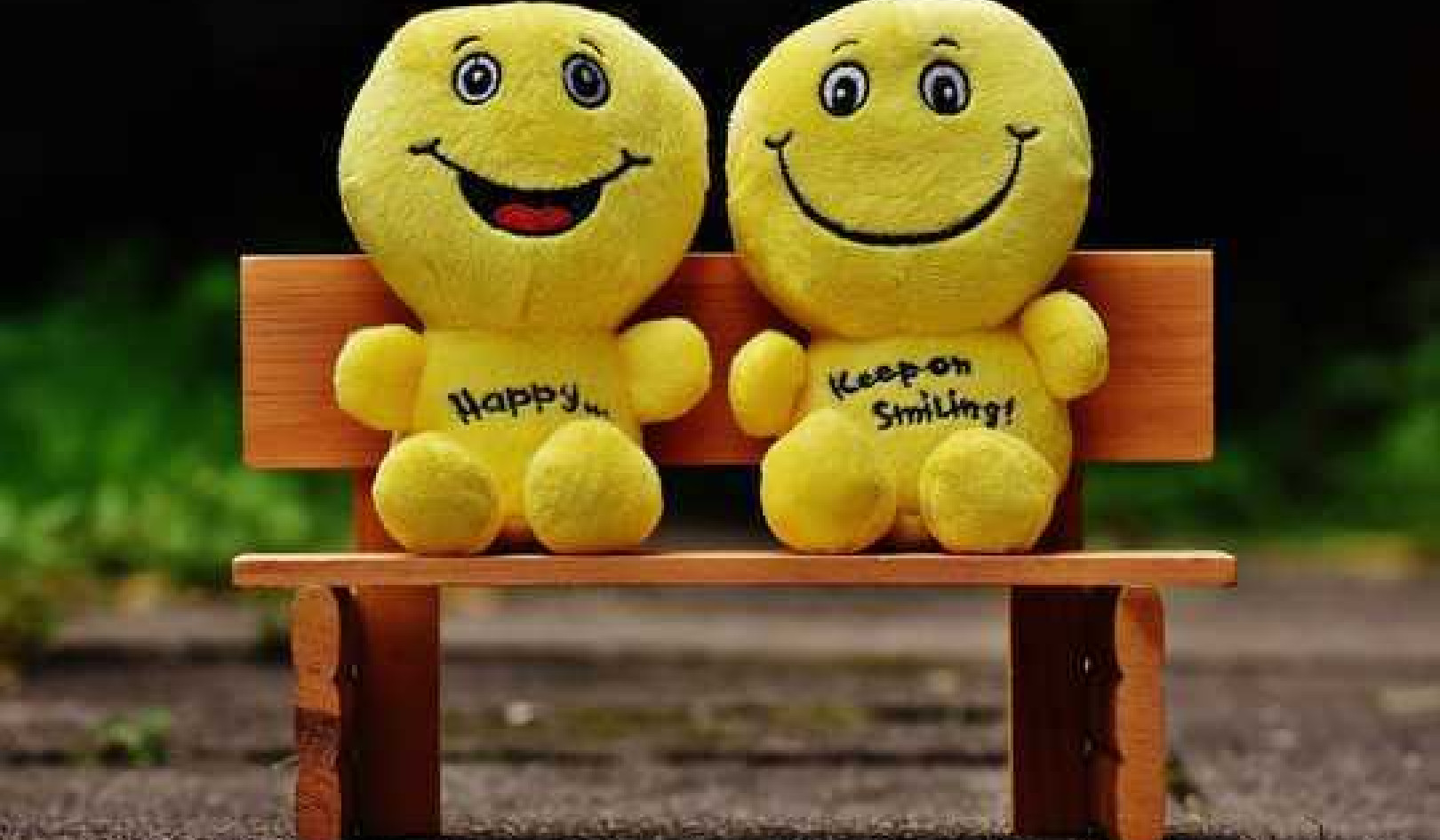
Kristen Prahl/Shutterstock
Very few people can resist smiling at a newborn baby – signalling positive emotions, such as joy and interest. Of course, this is especially true for new parents. One study found that new mothers looked at their 16-hour-old babies 80% of the time and smiled at them 34% of the time.
Sometimes newborn babies even smile back, creating a magical moment for the parents that is often ruined by someone pointing out that the smile can’t be real. Even textbooks tend to regard neonatal smiling as a reflex rather than an actual expression of joy and happiness. But is this really the case?
Up to the second half of the 20th century, the behaviour of newborns was considered mostly reflexive. Scientists assumed that newborns had a limited ability to feel and express emotions, and did not have enough social experience to interact with their caregivers.
It was even believed that newborn babies couldn’t feel pain in the same way as adults – meaning they were sometimes subjected to painful surgical procedures without analgesia. It wasn’t until the 1980s that medical professionals realised that the stress of the pain actually led to life-threatening shock and complications.
 Newborn imitates researcher during experiments. Emese Nagy, Author provided
Newborn imitates researcher during experiments. Emese Nagy, Author provided
Over the past 50 years, data has slowly accumulated suggesting that neonates are more than just reflexive beings. They are competent enough to actively regulate their own states. For example, they can fall asleep to shut out stressful distractions, or fuss and cry if they need stimulation and more interaction. They can also imitate smiles as early as the first 36 hours of life and can even learn from previous experience as early as the first day of life.
The science of smiles
However, when it comes to feelings such as happiness and joy, we have continued to question whether newborns can be socially competent beings. Up until the early 2000s, newborn babies were thought to smile only in response to muscle twitches, penile erections, bowel or bladder movements or for no particular reason at all. Most studies and textbooks – even in the 21st century – still suggest that the first “social smile” occurs only after the second month of life.
And there was evidence to support it. In 1872, Charles Darwin argued that emotional expressions were universal and inborn, and documented the first real smiles of his own child at 45 days of age. My own research has replicated these observations. When we asked 957 parents to observe and record smiling in their children for a study, they reported the first “social smiles” of their babies just after four weeks on average.
When researchers started observing infants, most of their initial results were not that different from the parental reports. A study from 1959, which defined “social smiles” as seeking eye-contact before smiling, found that none of the 400 babies in the study smiled during the first week. Only 11% showed a social smile by two weeks of age. About 60% had socially smiled by three weeks, and almost all of them had socially smiled within the first month.
Some researchers still fail to register smiles early on, and many smiles occur during sleep – unrelated to the social world. Indeed, even foetuses, observed within the womb with a 4D ultrasonographic method, smile from at least the 23rd week of gestation. But other studies show that newborns do smile on rare occasions – at most once in every four minutes for some one-day-olds. And the question now is what those smiles mean.
Interpreting the data
There have long been signs that newborn smiles could signal positive emotions to some extent. Smiles have been noted in the first few days of life as a response to stroking of the cheek or the belly. Newborns also smile in response to sweet tastes and smells. These findings were published decades ago when smiles were considered purely as innate reflexes. The reason that scientists at the time didn’t interpret them as emotional was partly because the smiles looked different to social smiles.

Baby smiling at researcher in the lab. Emese Nagy, Author provided
“Real” smiles – called Duchenne smiles – involve not only the major muscle that pulls the mouth to the side and upward, but also the muscles around the eyes. Neonatal smiles were thought to involve only the mouth region. However, when scientists micro-analysed facial movements, frame by frame, using a dedicated coding system, smiles from as early as one day of age were more often than not accompanied by cheek and eye movements.
More and more studies have since suggested that newborn babies do smile when they are awake, and that these smiles closely resemble real social smiles. And when newborns are in an interactive, awake state, they smile twice as much as compared to when they are asleep – more evidence that social factors could be involved. What’s more, babies often start with moving their cheeks and their brows before they smile, as if focusing their attention on the caregiver’s face. So it is completely possible that these newborn babies actually mean to smile.
Babies learn about the power of smiling early. While caregivers often smile at their newborns, this behaviour will be dependent on the baby’s state – they are less likely to smile if the baby is crying. As a result, babies quickly gain a remarkable ability to regulate the behaviour of their parents. If a baby keeps eye contact, blinks and smiles, their parent will likely smile back – making the smile rewarding.
Unsurprisingly, studies on mothers have shown that they are deeply affected by the smiles of their babies – even on a neurophysiological level. One study measured brain activity in mothers using fMRI scanning. When mothers saw their own infant smiling, activities in areas of the brain involved in processing emotions – including the amygdala and the limbic system – were enhanced. Dopaminergic brain areas, known as the reward system in the brain, were also highly active.
Unfortunately, behavioural studies with neonates are still scarce and require elaborate analyses to interpret the meanings of certain behaviour. While further studies are needed, it is plausible to assume that these early smiles have a social meaning. To many of us in the field, it is at the very least clear that these smiles are definitely more than just a reflex.![]()
About The Author
Emese Nagy, Reader of Psychology, University of Dundee
This article is republished from The Conversation under a Creative Commons license. Read the original article.
Related Books
at InnerSelf Market and Amazon


























